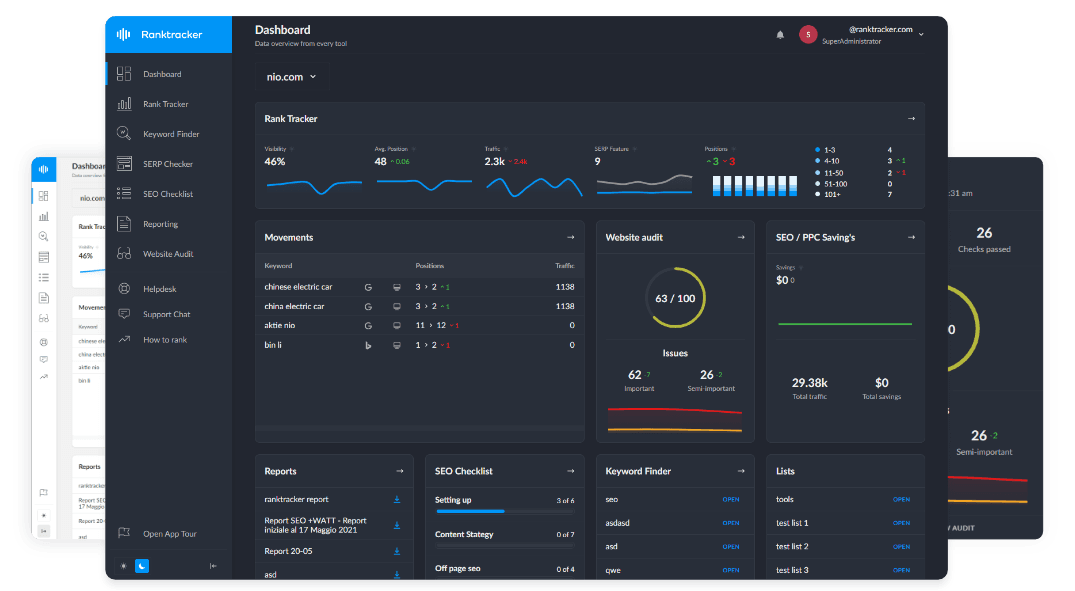Intro
In a world dominated by digital marketing, many brands are quick to dismiss offline strategies as relics of the past. But is offline marketing truly dead? Not quite. In fact, exhibition stand design is proving that offline marketing remains a powerful tool—especially when integrated into a multichannel strategy. This article explores how exhibition stand design revitalizes offline marketing and seamlessly bridges the gap with online channels for enhanced brand visibility and business growth.
The Misconception: Is Offline Marketing Obsolete?
With the rapid rise of digital platforms, many marketers have shifted their budgets entirely online. Social media campaigns, pay-per-click (PPC) advertising, and search engine optimization (SEO) dominate marketing discussions, leaving offline methods like trade shows and exhibitions seemingly outdated.
However, the numbers tell a different story. According to recent industry reports, 79% of marketers say live events help generate more sales and engagement than other marketing channels. This is because face-to-face interactions remain one of the most effective ways to build trust, strengthen relationships, and leave lasting brand impressions.
Exhibition Stand Design: The Heart of Offline Marketing
Exhibition stands serve as a physical representation of your brand, offering an immersive experience that digital platforms cannot replicate. Whether at trade shows, expos, or corporate events, a well-designed stand does more than just occupy space—it engages visitors, showcases products, and tells your brand story in real time.
Key benefits of exhibition stand design include:
-
Direct Engagement: Face-to-face conversations help build trust and address queries instantly.
-
Memorable Impressions: Interactive elements like VR displays, touchscreens, and product demos create lasting memories.
-
Brand Visibility: Eye-catching designs capture attention, even in crowded exhibition halls.
Integrating Offline and Online: A Multichannel Strategy
The real power of exhibition stand design shines when it is part of a multichannel marketing strategy. Instead of viewing offline and online marketing as separate entities, the most successful brands leverage them together to amplify results.
1. Pre-Event Digital Promotion
Before the event, build awareness and anticipation through:
-
Email Marketing: Send invites to key clients and prospects with event details.
-
Social Media Campaigns: Share event countdowns, sneak peeks of your stand design, and exclusive giveaways.
-
Event Landing Pages: Create dedicated pages to capture registrations and showcase what attendees can expect.
2. Digital Engagement at the Event
On the day of the event, bridge the gap between physical and digital with:
-
QR Codes: Link visitors directly to product pages, catalogs, or lead capture forms.
-
Live Social Media Updates: Share real-time videos, product demos, and visitor testimonials.
-
Interactive Displays: Use touchscreens and VR experiences to engage visitors in a digital format.
3. Post-Event Follow-Up and Retargeting
The multichannel strategy doesn't end when the event is over:
-
Email Follow-Ups: Send personalized thank-you emails with additional resources.
-
Retargeting Campaigns: Use visitor data to serve targeted ads on social media and Google.
-
Content Marketing: Share event highlights, behind-the-scenes footage, and visitor interviews on your blog.
Data-Driven Insights: Measuring Success
One of the advantages of integrating exhibition stand design into a multichannel strategy is the ability to collect and analyze data. Key metrics include:
-
Lead Captures: Track the number of visitors who shared contact information.
-
Engagement Rates: Measure interactions with digital touchpoints like QR codes and interactive displays.
-
Traffic Analysis: Evaluate foot traffic at your stand and compare it with digital campaign results.
These insights help brands understand what resonated with their audience and optimize future marketing strategies for even greater impact.
Success Story: Offline and Online in Perfect Harmony
A perfect example of this integration is Cisco's presence at the Consumer Electronics Show (CES). Cisco combined a stunning, interactive exhibition stand with robust digital marketing. They offered QR codes for instant access to product information, live-streamed keynote sessions, and followed up with personalized email campaigns. This seamless blend of offline and online channels not only boosted foot traffic but also expanded their reach digitally, maximizing their ROI.
Final Thoughts: Offline Marketing is Evolving, Not Dying
The notion that offline marketing is dead is a misconception. Exhibition stand design is proof that face-to-face engagement still drives powerful results. When combined with online marketing in a well-structured multichannel strategy, it becomes an unstoppable force for brand growth and lead generation.
Brands that leverage both offline and online strategies in harmony are not just surviving—they are thriving. Exhibition stands are not relics of the past; they are the future of multichannel success.

